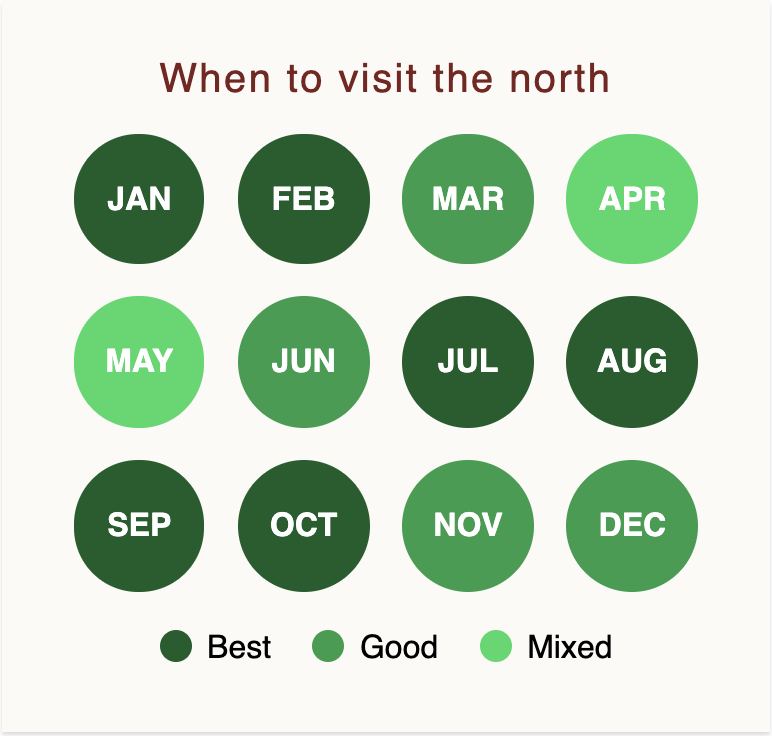Tanzania stands out as one of the premier destinations for quality African safari. Few things rival the joy of witnessing your children’s eyes light up with wonder as they marvel at a majestic lion in the wild or a graceful giraffe passing by. Picture the awe-inspiring moments of the great wildebeest migration in the Serengeti or the thrilling chase scenes unfolding across the savannah. A family safari in Tanzania isn’t just a holiday; it’s an unforgettable adventure for both kids and adults alike.
In Tanzania, family safaris cater to all ages, ensuring everyone finds their slice of excitement. Engage your children’s curiosity by immersing them in the wonders of the ecosystem, where nature and humanity coexist harmoniously. Meet local tribes, delve into their culture, and witness their survival skills and crafts firsthand. These encounters instill in children a profound respect for diversity and deepen their appreciation for the natural world and its inhabitants.
Generally, Tanzania is best to visit in the dry-season months of July – October when the parks are dry and wildlife viewing is dramatic, easy, and action-packed.
However, there are pros and cons to every time of year so it is definitely worth calling to discuss. For example, June and October/November are marvelous shoulder season months, where you get amazing wildlife but for a third of the price than in the peak season with special offers and low season rates.
Ngorongoro is amazing year round – it is not very big, and so the animals can’t widely disperse when there is plentiful grass and water. February is the very best time to see the Great Migration as the wildebeest congregate in the southern plains’ during calving season.
The parks of Southern Tanzania are classically dry-season parks so definitely best from July – October. Outside these months, the wildlife can be trickier to find than in Northern Tanzania.
As Ruaha and The Selous are relatively low land compared to northern Tanzania, they are affected a bit more by the rains. The Selous is closed from mid-March to the end of May, as the camps are inaccessible when it has been very wet. Ruaha is also mostly closed at this time of year too.
Both October and November can be very hot in the Selous which is worth noting if you are not a fan of high temperatures.

